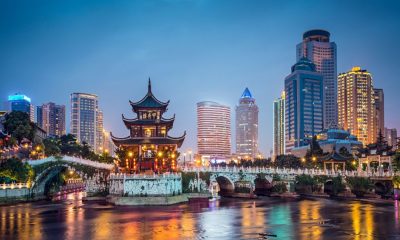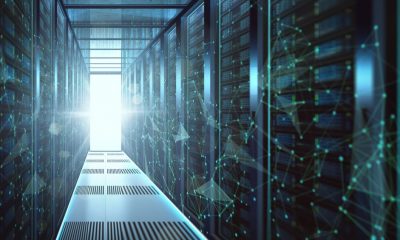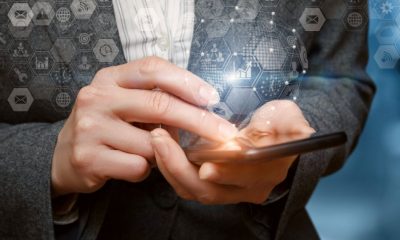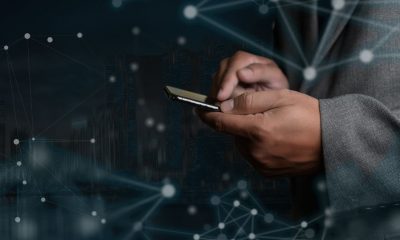Digital Economy
Digital Improvement in the Philippines: PH President Pushes Congress to Pass Digital Government Bills
Published
2 years agoon
By
SEADS TEAM
During the pandemic, we realized many things. And I think the biggest takeaway for us is that digital is not the future, it is the present. More specifically, the internet was a literal lifeline for people who were locked down during the pandemic. It kept jobs going, provided crucial information, and was the only way people could stay in touch with loved ones and get essential things like food and toiletries.
Going digital is sustainable. You attract investors. Google, IBM, Meta, Amazon Web Series, and well-funded startups take advantage of Singapore’s fast wired connection to transform local companies digitally. But in the Philippines, the private sector runs ahead of the government in digital.
The Present of Digital Philippines
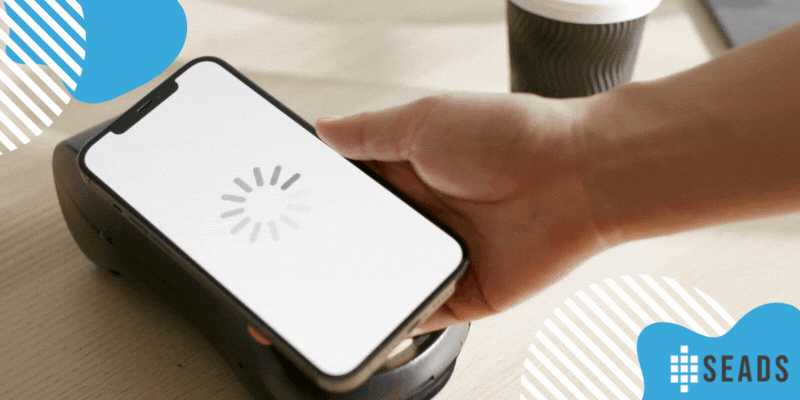
I go to malls with just my phone. Purchase what I need using digital wallets like Gcash and Paymaya. But we’re still beyond cashless. Foreigners from digital countries still experience difficulty when traveling in the Philippines without cash.
Not only that, we still stick to our traditional government processes. The last time I had concerns with my Tax Identification Number (TIN) number, I had to personally go to their office – just to ask a question! I could’ve done that online but their online system was down. And sometimes they have no live agents available.
Digital Competitiveness

Denmark sits at the top when it comes to digital competitiveness. What do they do differently?
Denmark has a 91.8% share of citizens using e-government. From commerce to education, even their application for state pension, everything is digital. They aim to invest in everything that will support the country in the future- that is why they pay their students to graduate.
Their Central Person Register (CPR) number is their central database for every Danish citizen. With just CPR alone you can access child benefits, report to change address, choose or change doctors, update your tax return, apply for divorce, and more. They also have Digital Post which citizens use to communicate with Denmark’s public authorities.
The Philippines can do that. We should have that. The government collected all our biometric data already for the national ID. We can also centralize that data. Five years won’t be enough (and just speaks of ignorance). It took the Danish government decades to digitize healthcare, and build single-point access to all government services, self-services, and Danish businesses.
While the Philippines is a top destination for digital outsourcing, we’re behind in digitalization when it comes to government services. Applying for healthcare, social security, licenses, passports, and tax identification means leaving the house and lining up in traffic and queues, and involves such a huge time sink.
Countries with the highest levels of ICT (Information and Communications Technology) adoption connect governments, people, and investors. They have interconnected societies with easily accessible social services and smooth transportation. They have a clean environment simply because they have sustainable ICT innovations.
The internet was a force of good and a valuable resource for individuals and businesses. It only makes sense that the Philippine government implements more digitalization in its processes. That implementation has been moving at such a glacial pace that it prompted the incumbent president Ferdinand Marcos Jr to direct congress into passing and consolidating two bills by the previous administration: E-government and E-governance.
Let’s talk about what these bills entail for the digital transformation of the government and its citizens.
E-government and E-governance Bills
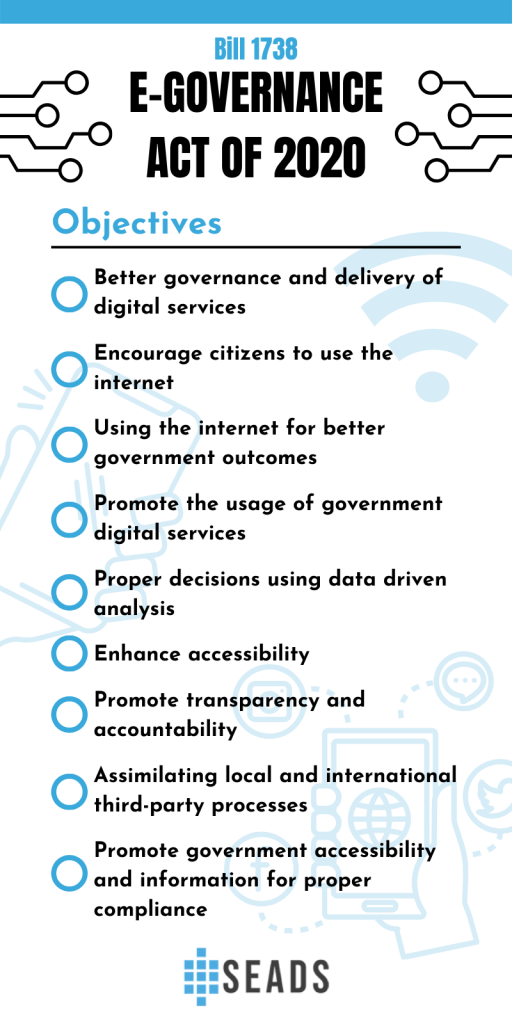
The bills in question that talk about E-government and E-governance are Senate Bill No. 1738 and House Bill No. 1248 respectively. But we can also look into the E-Government Masterplan 2022 for further reference. I’m going to focus on Bill 1738 for now as that’s the one in public access.
The main concept of Bill 1738 is the overall implementation for the agencies of government to use emerging technologies to improve their services. Here are the specific purposes/objectives of the bill:
a. Implement better governance through digital delivery of services.
b. Active usage of emerging technologies such as the internet to encourage active citizen communication and participation.
c. Easier communication, collaboration, and coordination among government agencies through technology while improving efficiency and efficacy.
d. Use of technology to better achieve government outcomes.
e. Promote the use of these technologies to other government agencies and make the approach citizen-centric.
f. Reducing the cost to use these technologies for government and business entities.
g. Better decision and policy making through data-driven analysis.
h. Having omni/multi channel approach to enhance accessibility.
i. Using technology to promote transparency and accountability in local and national government.
j. Assimilating local and international third-party processes, where it makes sense, to enhance government performance.
k. And promoting enhanced accessibility to government information and services while maintaining compliance with existing and incoming laws.
It also has 12 chapters that cover specific segments and elaborate on specific plans:
Chapter 1 Role of the Government – The roles of government agencies in the implementation, especially the DICT
Chapter 2 Integrated Government Network – The use of integrated, interconnected, and interoperable internal government network
Chapter 3 The Philippine Information Database – The establishment, maintenance, and support of an individual information database as a repository and directory of data for the citizens of the Philippines
Chapter 4 The Public Service Directory – The establishment, maintenance, and support of a universal directory for all the contact information of all civil and public officials and servants including names, titles, telephone and facsimile numbers, departmental names, office locations, and e-mail addresses
Chapter 5 The Government E-Portals – The establishment, maintenance, and continuous update of an internet-based helpdesk for government agencies for the easier accomplishment of government frontline services, service procedures, and report commendations, appreciation, complaints, and feedback
Chapter 6 The Philippine Citizen Connect Program – The provision of hardware, internet access, and assistance to people who don’t have access to or need assistance with using computers and the internet
Chapter 7 The Government Websites and E-Bulletin Boards – The establishment and maintenance of government websites and bulletin boards
Chapter 8 Security and Privacy – Providing measures to ensure the protection of sensitive data and information being used in these government-run activities
Chapter 9 Participation of the Private Sector – Management and acquisition of private sector cooperation through contracts, agreements, and partnerships to enhance and improve implementations of this bill
Chapter 10 The Philippine Infostructure Management Corporation – A new agency attached to DICT to ensure faster implementation of infrastructure programs related to connectivity, data center, and cloud infrastructure
Chapter 11 The ICT Academy – Creating an institution to promote and provide education and training for IT, tech, and internet-related competence with a focus on citizens to be globally competitive
Chapter 12 Miscellaneous Provisions – Defining the duration and other pertinent information about the government’s transition to a more digital-focused governance
Now, we can go on and elaborate on each purpose and chapter, but it would be too long of an article. And frankly, I don’t have quite the knowledge to comment on certain policies and government implementations with confidence and competence.
So I’m going to focus on what I’m knowledgeable about in this bill: Purpose j., Chapter 9, Chapter 10, Chapter 11, and Chapter 12.
Purpose j. and Chapter 9 – Learning from 3rd Parties
We honestly love this prospect because it shows humility, willingness to learn, and being open to ideas.
As an aside, this is why businesses grow and become better over time. They have competition to push them to be better. They observe their competitors to learn more and try to outdo and outplay, which also leads to progress and innovation.
The government has no competition, so to speak. Except it should look at other governments and the private sector to compare, learn and innovate.
And yes, there is a lot to learn from the private sector. I think the most important concept that we should apply is the Lean Methodology.
Apply Lean Concepts to Make Change Faster
The Lean Methodology is not easily defined. Every organization has its own definition to it. It means maximizing value and minimizing waste of time and resources. In our government websites, the leanness is more like it’s all sparse, a waste of space and technology, with nothing valuable maximized.
Another aspect of lean is this: Fewer people act faster. Bigger groups act slower. Here’s a real-life example:
Browse the internet and compare locally and independently made websites by small brands or individuals to government agencies.
Upon initial glance, you can observe that some personal portfolios and small businesses have better websites than some of the government’s official websites. But why is that? Because implementing change is easier when you have to account for fewer factors. It’s a scale problem.
Let’s have another illustration. The condition is before implementing a change in a website, everyone has to agree. And let’s say that the average time an individual takes to make a decision is 5 seconds.
So if we scale it to 5 people for a typical small business team, it would take 25 seconds to decide. It’s almost negligible to compare 5 seconds and 25 seconds, since the times are still in seconds. But keep in mind that it’s only for 1 change on the website. But what if there needs to be 10 changes on the website?
The individual will take 50 seconds to decide on all the changes while the SMB will take 250 seconds. Now less than a minute and over 4 minutes is now a very large gap.
So the question becomes how do we apply the lean approach to a rigid structure like the government? Outsourcing and delegation.
Chapter 10 – The Philippine Infostructure Management Corporation
Outsourcing and delegation makes sense to make things faster. Hire the skills you need, when you need them.
This country loves task forces, and they can use one to implement these huge changes to our government. This new agency, the Philippine Infostructure Management Corporation (even if its name could be better) needs to be established, focused on implementation and regulation: a huge amount of sensitive information is in jeopardy if this isn’t done right.
Cronyism is currently at peak again. This job needs to go to people with real expertise. If you let the thinker do and let the doer think, tasks will be twice as slow. But if you let the thinker think and the doer do, then it would be twice as fast.
Plenty of Outsourcing Experts to Help
One of the best exports of the Philippines is talent, especially in the outsourcing industry. It makes perfect sense to take advantage of our people’s skills in making the implementation of E-governance faster and better, while providing local jobs who resort to outsourcing their talents to overseas clients.
Chapter 11 – The ICT Academy
Educating future generations and current workforce of the importance of ICT is a big step in molding the citizens into digitally-adept individuals. Students and adults alike will gain knowledge on how to navigate the tech world, a skill that will be very useful when they start to work in related industries.
ICT-skilled citizens and government officials will then be equipped enough to improve the country’s traditional communication systems into data-driven and globally competitive channels, which is an advantage to both the Philippines and existing/potential foreign investors.
Another good thing with the ICT Academy is it’s open for collaboration with other departments and even private sectors. As I’ve said before, there is so much we can learn from SMEs and private sectors, especially on how they streamline business processes and communication.
Chapter 12 – Miscellaneous Provisions
Are 5 years enough? With the current state of this bill and the current movement of agencies, this might not be enough. However, the government should take this as a challenge and try to finish within the timeframe. And the people should hold people accountable, while encouraging fellow citizens to help with how they can.
The Future of Digital Philippines
Although the Philippines moved two spots higher from the previous year in digital competitiveness, the country is still behind in the Asia Pacific region. Government priorities are between healthcare, education, and inflation, setting aside digital. Now how ready are we?
The pandemic accelerated the Filipino’s adoption of technology. But we’re challenged as an archipelago- there are still places 5g connections cannot reach.
Digital divide can hinder the transition. How can digital transformation continue without better internet connectivity? It even slows the process.
The current demands of the Philippines’ IT infrastructure?
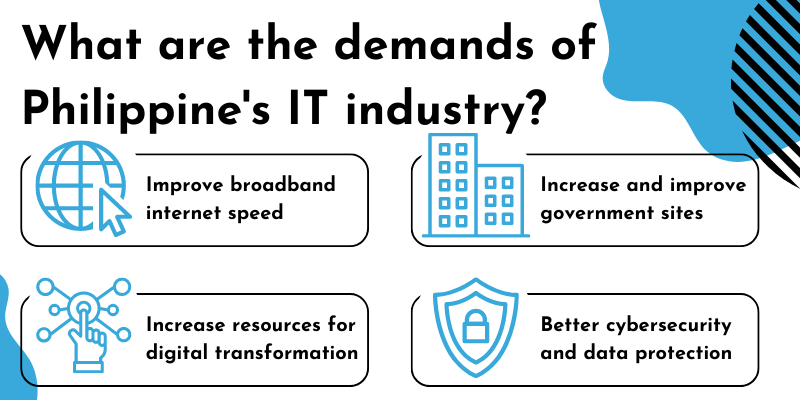
- Improve the broadband speed. Our average internet speed runs at 16mbps, lacking in comparison to successful countries 100mbps and more.
- Increase and improve government live sites for departments, government hospitals, and rural agencies for quicker responses even in secluded areas.
- Increases resources for digital transformation, from equipment to internet.
- Cybersecurity and avoid hackers disrupting government websites.
With complete resources, the transition can be easier. We’re already tech-savvy. Ecommerce is on the rise, digital payments and transactions are becoming part of day-to-day life. This is compared to how we were before the pandemic. Everyone is either adapting or native to technology.
We started with Free Wi-Fi for All projects. While waiting for your cue inside municipal halls, you can use their public internet connection.
Our every government interaction starts with digital platforms, from appointments to updates on our legal documents. We are far from perfect digital platforms with outdated web designs and slow response times but we’re getting there.
Increase the digital workforce. Probably we could have live agents accommodating Filipinos over the line. Or build and maintain designs. Or inspire the Filipinos to participate and trust the online government.
But how can we achieve universal connectivity without leaving anyone behind?
Assisting With Digital Transition
Just in transition alone, the government needs help to transfer into digital without interrupting normal face-to-face transactions.
Enable participation from every sector. From the government,private businesses, and to the public. We can’t have a digital world when the people don’t want to bite into digital transactions.
Treat the Provision with Agency and Urgency
I also believe that it’s not an exaggeration to say that we should treat this provision as urgently as possible. Not as urgent as the pandemic response, but with a similar energy.
Let’s think about the Philippines as figurative soil. In order for other people to determine if we are a fertile ground ready for foreign investors, we ourselves should feel like it as well. The more local investments we have, more online businesses, more government integration of technology, then we can definitely say that we have a solid foundation.
We already have plenty of talented people that fertilize this country. We just need to upgrade the equipment needed, maximize internet security, remove as much red tape as possible, lower the cost for investment, lower the utility costs, and then they will come.

